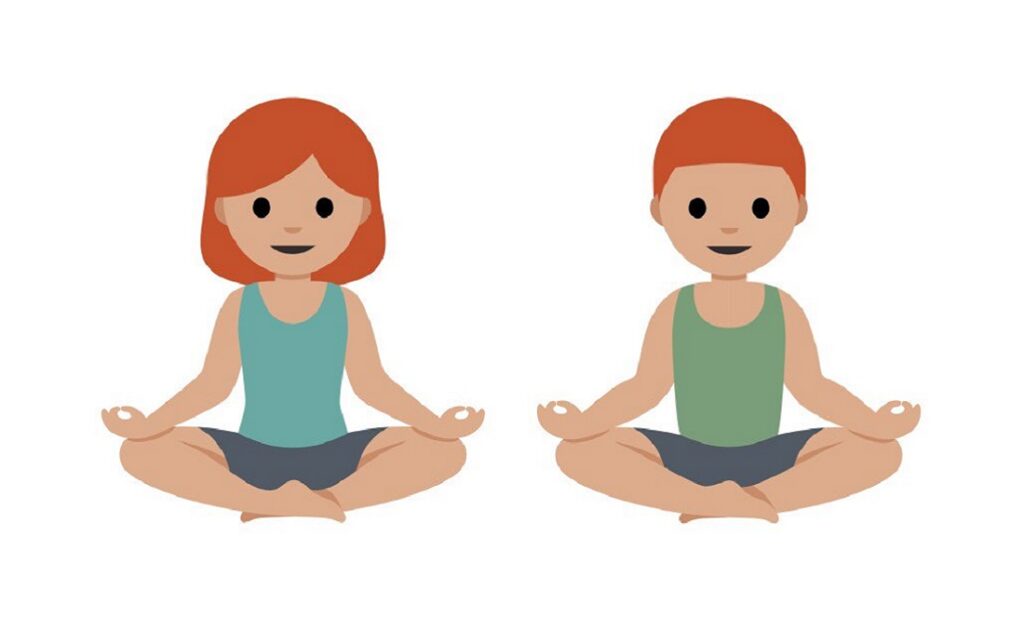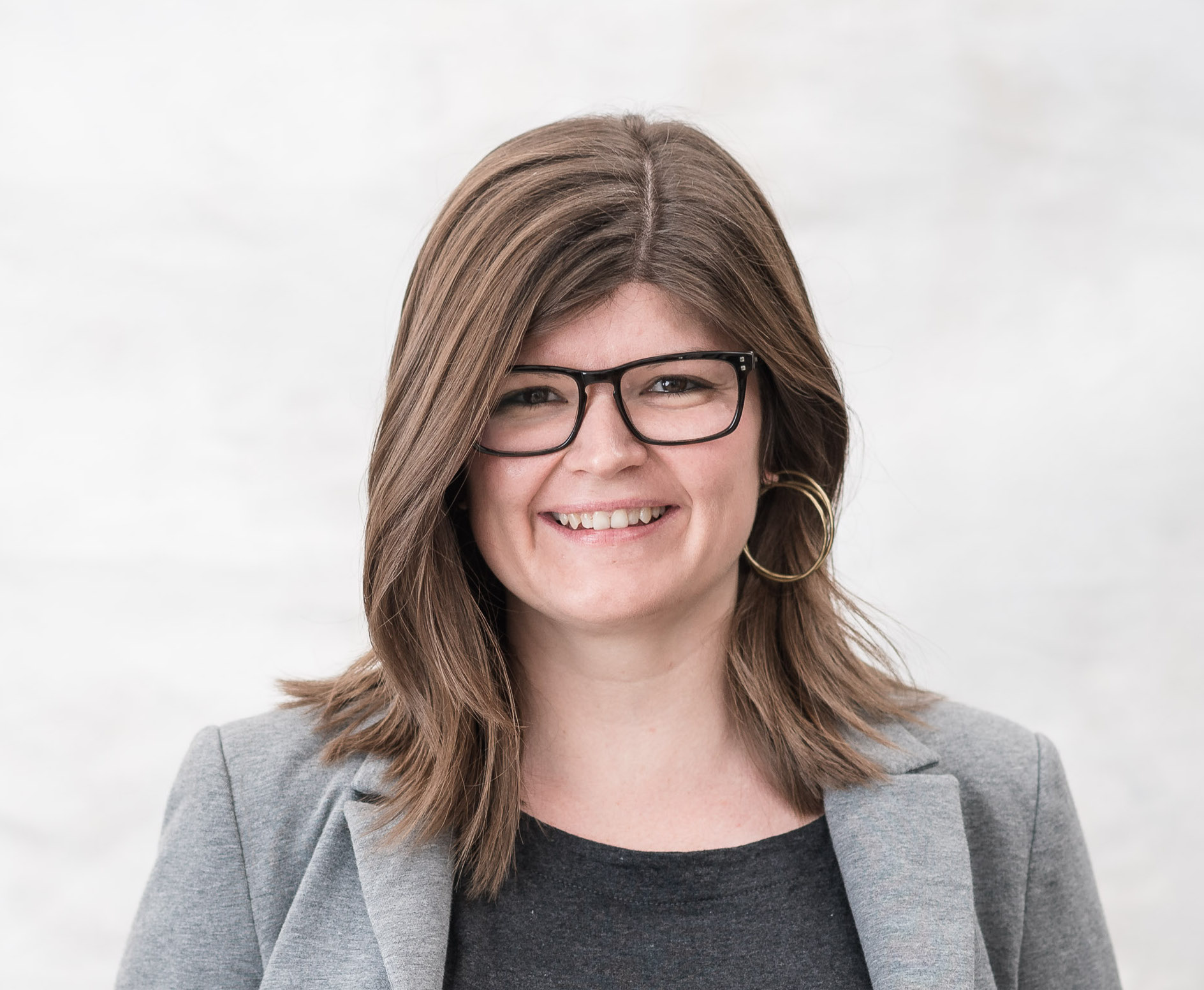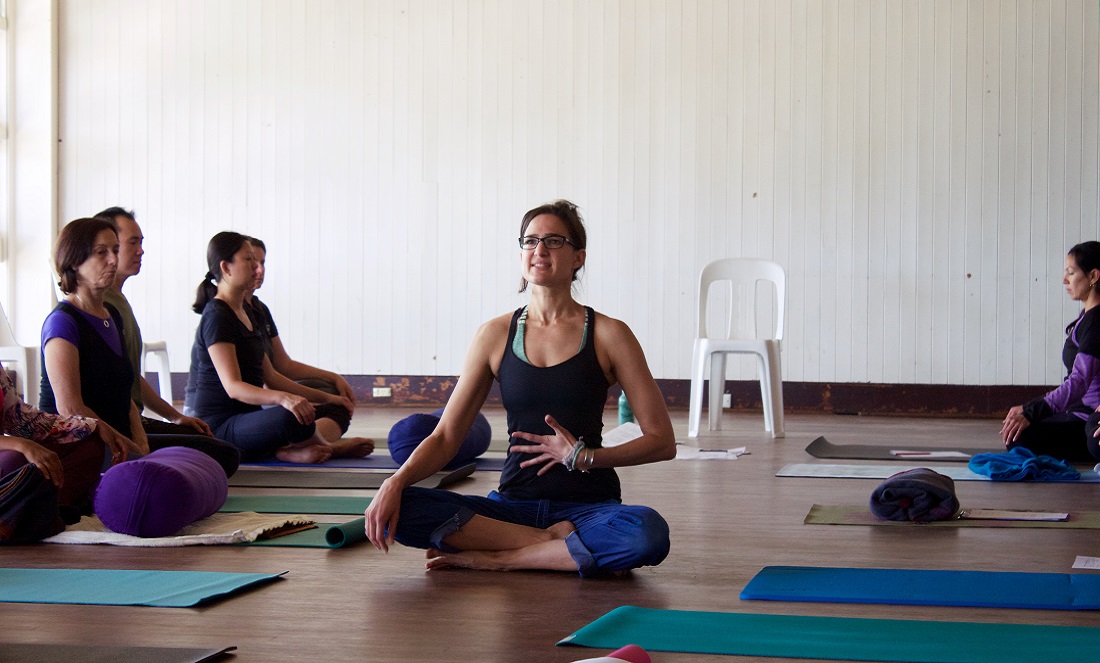I had chronic pain from RSI (repetitive strain injury) due to far too many years spent in front of a computer. It was so bad I couldn’t use a computer at all. Sometimes I couldn’t even move my left arm because of pain.
The worst part was I was right in the middle of writing my PhD thesis at Curtin University, and I couldn’t even type.
Because I was in so much pain, I was willing to try anything, even being dragged to a yoga class in Fremantle by my little sister.
To my eternal surprise, yoga was a key factor in recovering my health. Thanks to regular practice, I have been free of pain from RSI for nearly 7 years.
Yoga and Science
And it’s not just me. Many people working in science are seeing and proving the value of yoga. For example, the National Institute of Health in the US found that yoga can make a significant difference for people with chronic lower back pain. A peer-reviewed study of 1992 Australian yoga practitioners found that more than half of the conditions reported were significantly improved through yoga.
Even the Unicode Consortium, who are in charge of making sure we have standardised cross-platform emojis (yes, this is a thing) just approved a new yoga emoji that will be out later this year on iOS and Android.
But what I find most exciting is an innovative pain care programme using yoga that was conceived right here in WA.

"When we have our different fields side by side, it makes us question our beliefs and challenge what we think about pain..."
Yoga for pain
WA’s yoga innovator is Rachael West, who trained and worked as an engineer for many years before going back to school to get a degree in yogic education. Rachael founded Yoga for Pain Care Australia, which she recently spoke about at TEDxBunbury.

For 10 years, Rachael experienced full body pain that stopped her from working for months on end. What was critical in her healing, she told me, was her yoga practice.
But there’s a twist. In order to do yoga in a way that helped her recover, Rachael had to modify her practice. This is where the innovation comes in.
Yoga innovation
Drawing on the work of Australian pain scientist Professor Lorimer Moseley, Rachael told me that yoga can actually make the pain worse for chronic pain sufferers. The reason for this is what pain science calls ‘central sensitisation’. What this means is that the nervous system becomes extra sensitive, and pain can be triggered by things that would not normally hurt at all, including yoga. The result is people just give up and don’t get any of the benefits that science shows yoga can provide.
What Rachael discovered from her own modified practice of yoga was how to make it work for people experiencing central sensitisation so that they can get better. For example, a Yoga for Pain Care class will be 10 times more gentle than even a regular gentle yoga class.
In so doing, as Rachael told me, her programme “helps you feel safe with movement, which is what a lot of people with pain fear”.
Spreading the word
To make sure she can help as many people as possible who are in pain, Rachael offers an online course. She also runs courses around Australia that bring together medical practitioners and yoga teachers who can then provide pain-sensitive care back in their communities.
Bringing together different disciplines is an intentional part of the approach. As Rachael says in her TEDxBunbury talk, “When we have our different fields side by side, it makes us question our beliefs and challenge what we think about pain and what the best thing is to do to actually have a difference in the world.”









